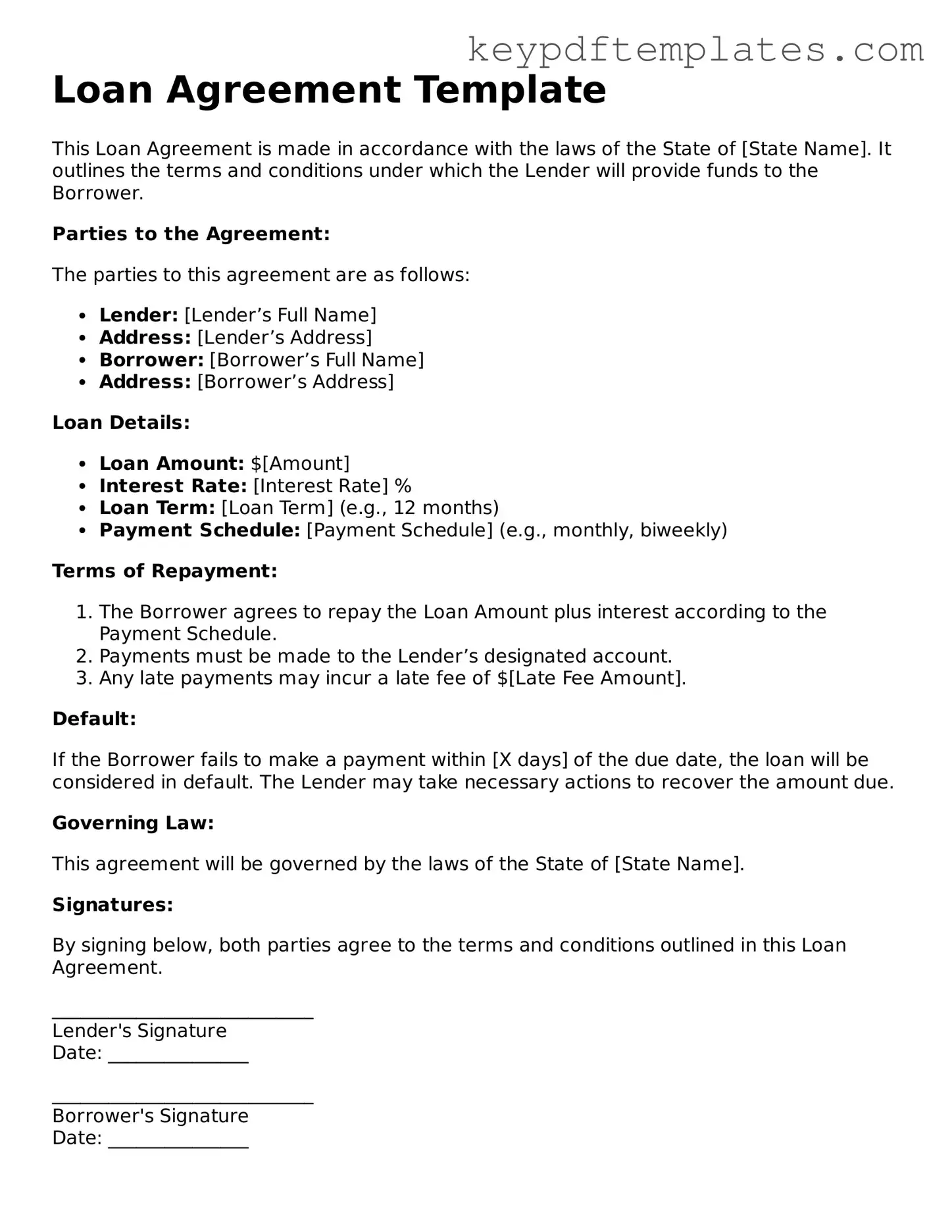Printable Loan Agreement Template
A Loan Agreement form is a legal document that outlines the terms and conditions of a loan between a borrower and a lender. It serves to protect both parties by clearly stating the amount borrowed, interest rates, repayment schedules, and any collateral involved. Understanding this form is essential for ensuring a smooth borrowing experience.
Modify Document Online
